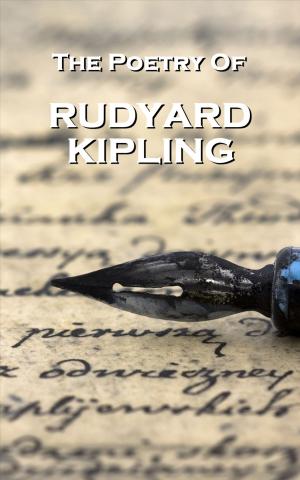Pictures From Italy, By Charles Dickens
Nonfiction, Travel, Europe, Italy, Adventure & Literary Travel| Author: | Charles Dickens | ISBN: | 9781780006116 |
| Publisher: | Copyright Group | Publication: | October 11, 2012 |
| Imprint: | A Word To The Wise | Language: | English |
| Author: | Charles Dickens |
| ISBN: | 9781780006116 |
| Publisher: | Copyright Group |
| Publication: | October 11, 2012 |
| Imprint: | A Word To The Wise |
| Language: | English |
Charles Dickenss Pictures from Italy can be considered as a guide for nineteenth-century travelers of Italy, or travelogue, as it provides narrative pictures of the different corners and aspects of the country. It was in 1844 that the Victorian novelist visited the most picturesque of Italian cities and towns such as Rome, Naples, Florence, Genoa and Venice. In the narrative, he is doubly amazed at the sites themselves as well as at the impression that they have left on his spirit. Dickenss Italy is a beautiful assortment of contrasts, both visual and cultural. The colorful pictures display Mediterranean lifestyle, temperament and habits. Although Dickens pays much attention to street life, costumes and Italian cuisine, his accounts differ greatly from tradition travel literature. Indeed, Pictures from Italy often bears a critical aspect pertaining to the prevailing poverty as well as to the corruption of the political class. The squalor of certain city slums and the cruelty of certain state practices are juxtaposed with the luxurious buildings and the grandeur of the great monuments of the ancient Roman Empire. In a word, Dickenss travelogue is not merely an exploration of unknown parts of Europe, but also a serious journalistic and critical work.
Charles Dickenss Pictures from Italy can be considered as a guide for nineteenth-century travelers of Italy, or travelogue, as it provides narrative pictures of the different corners and aspects of the country. It was in 1844 that the Victorian novelist visited the most picturesque of Italian cities and towns such as Rome, Naples, Florence, Genoa and Venice. In the narrative, he is doubly amazed at the sites themselves as well as at the impression that they have left on his spirit. Dickenss Italy is a beautiful assortment of contrasts, both visual and cultural. The colorful pictures display Mediterranean lifestyle, temperament and habits. Although Dickens pays much attention to street life, costumes and Italian cuisine, his accounts differ greatly from tradition travel literature. Indeed, Pictures from Italy often bears a critical aspect pertaining to the prevailing poverty as well as to the corruption of the political class. The squalor of certain city slums and the cruelty of certain state practices are juxtaposed with the luxurious buildings and the grandeur of the great monuments of the ancient Roman Empire. In a word, Dickenss travelogue is not merely an exploration of unknown parts of Europe, but also a serious journalistic and critical work.















